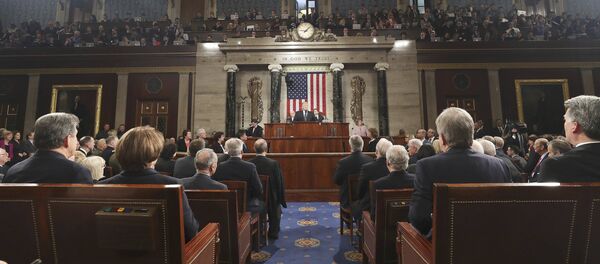Dr. Binoy Kampmark, Senior Lecturer in the School of Global, Urban and Social Studies at the RMIT University Melbourne and Dr. Abigail Hall, Assistant Professor of Economics, University of Tampa, Florida discuss these issues.
Dr. Hall says that it is difficult to compare previous periods of time regarding how militarized or war hungry various governments are. “I do think that citizens of a variety of different countries are more comfortable now with the idea of militarized forces than they were before.” Dr. Hall brings up the subject of arms trading, which has, she indicates, become a tool of foreign policies. Furthermore, Dr. Hall says that arms trading is not a very effective way of achieving security; it may actually exacerbate existing problems by arming both sides of a potential conflict. There is an argument that sending out arms to people is a way to prevent other people to arm them, but this ignores a lot of fundamental economic insights and primarily it is not solving the fundamental economic problem, which is “how do we produce the most goods with a scarce amount of resources.” We also have to consider the importance to incentives to “political actors” involved, Dr. Hall mentions. Dr. Kampmark mentions in this context that the United States is engaging in what the famous constitutional historian Charles Beepol calls: “Permanent War for Permanent Peace.” Playing the role of the world’s policeman feeds this general mission, as a sort of “Messiah with A Nuclear Weapon.”
The program finishes with a discussion about the possible militarization of Europe post-Brexit, and both speakers try to calm down the host, John Harrison by saying that things are perhaps not quite as bad they might seem. We shall see.
We'd love to get your feedback at radio@sputniknews.com.
Have you heard the news? Sign up to our Telegram channel and we'll keep you up to speed!




